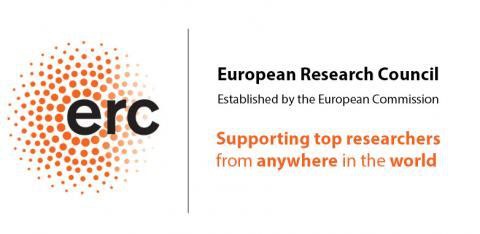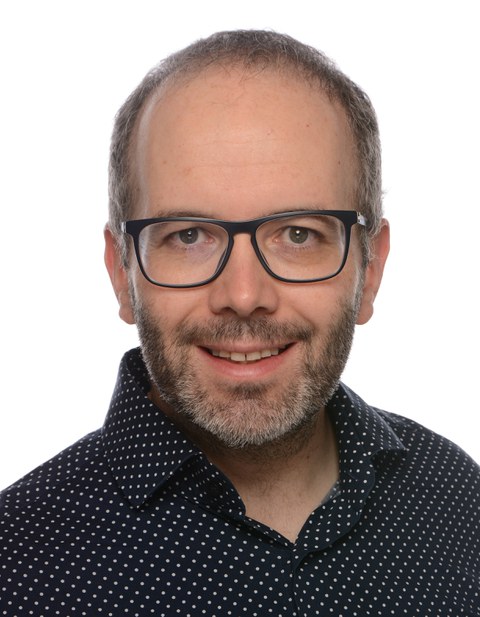Mar 17, 2022
Better understanding superconductors with Higgs spectroscopy. Prof. Stefan Kaiser from TU Dresden awarded ERC Consolidator Grant
Developing a new type of spectroscopy that provides direct insights into the behavior of superconductors - that is what Stefan Kaiser, Professor of Ultrafast Solid State Physics and Photonics at TU Dresden, wants to achieve with his "T-Higgs" project. For this innovative and promising research, he is being funded by the European Research Council with an ERC Consolidator Grant of more than two million euros over the next five years.
Superconductivity is a macroscopic quantum state characterized by the disappearance of electrical resistance in materials at extremely low temperatures. Electrical currents can therefore flow through it without a constant drive being present. This is a promising property, especially for energy transmission. Because superconductivity generates very large magnetic fields, it is already being used in Magnetic Resonance Imaging (MRI) scanners. Superconductivity also plays an important role in the race to develop quantum computers.
The physical processes behind it, however, are difficult for non-physicists to grasp. Stefan Kaiser, professor of Ultrafast Solid State Physics and Photonics at TU Dresden, describes the phenomenon as a "fascinating but physically complex problem." His research area of high-temperature superconductors, in particular, initially seems rather odd to people unfamiliar with the subject.
Kaiser himself is fascinated by the complex field of science, the many unsolved questions and, above all, the great potential of these materials. "To understand superconductors, you have to understand how electrons combine at very low temperatures to form so-called "Cooper pairs" as superconducting charge carriers. In quantum mechanics, we can describe the totality of all these Cooper pairs by a wave function. However, to completely characterize this "wave", we have had to use many indirect methods in which Cooper pairs are broken back into electrons. In the "T-Higgs" project, we are now using terahertz lasers to specifically induce the natural oscillations of this "wave", the so-called Higgs oscillations. From the way the "wave" oscillates, we can now directly measure the properties of the superconductor with our new spectroscopy and thus gain a deeper understanding of how the superconductor behaves," Kaiser explains.
For this ambitious project, the physicist received the ERC Consolidator Grant from the European Research Council with a total volume of over two million euros for five years. The funding is part of the EU's Horizon Europe program.
"In my career, I have been involved in many aspects of superconductivity and a significant part of my research deals in particular with optical control of superconductivity with fast ultrashort laser pulses. This includes light-induced superconductivity, which is possible for a short time even at room temperature. Here, the scientific community is now asking whether and how this light-induced non-equilibrium phenomenon is linked to superconductivity at equilibrium and how it can be characterized. The ERC grant will now allow me to develop Higgs spectroscopy as a new method and assemble a team that will answer this exciting question. We would like to establish the Higgs mode as a new criterion for superconductivity. In addition, we will apply the new Higgs spectroscopy to many important types of superconductors and also use it to directly identify and fully characterize new superconductors that are still unknown," Kaiser explains his project plans.
The European Research Council is part of the EU’s framework program for research and innovation entitled “Horizon Europe”. It funds individual, excellent scientists. As part of the “Consolidator Grant” funding line, projects are funded with 2 million euros (plus up to another million euros for certain additional costs) over five years. 313 researchers are currently benefitting from the program, 61 of whom in Germany. Recently, further TUD researchers were able to win over the European Research Council (ERC) with their outstanding work and secure grants in various funding programs. Among them are Dr. Erika Covi from NaMLab and Prof. Michael Siewke from the Center for Regenerative Therapies Dresden (CRTD).
Media inquiries:
Prof. Stefan Kaiser
Chair of Ultrafast Solid State Physics and Photonics
Rick Glöckner
European Project Center
Tel.: +49 351 463-32879
www.epc-dresden.de
https://twitter.com/epc_tud


